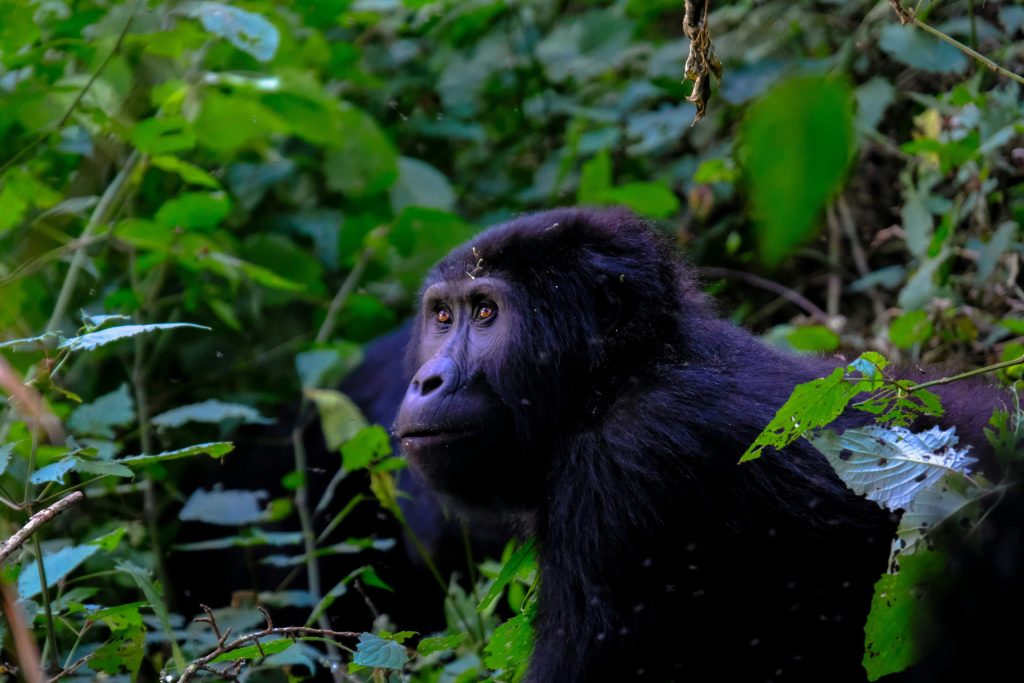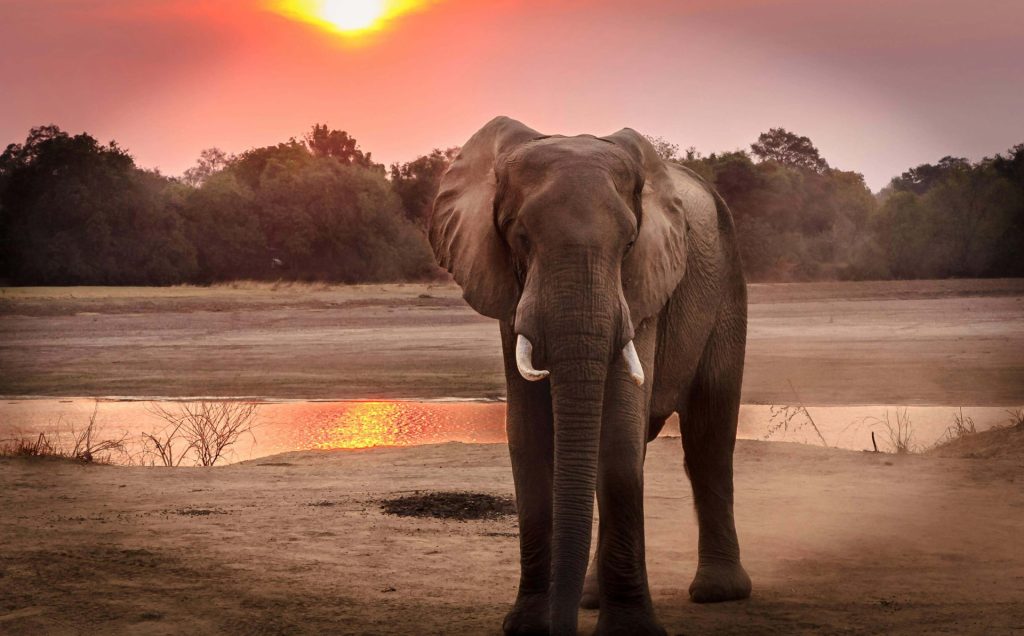A Global Scourge
Poaching, or the illegal hunting and capture of wild animals, is one of the greatest threats to global biodiversity. Although this problem has always existed, it has taken on alarming proportions in recent decades, exacerbating the current ecological crisis.
Poaching trends over the last 20 years
Since the 2000s, there has been a worrying resurgence in poaching, fuelled by a growing demand for wildlife products, particularly via the Internet. Emblematic species such as elephants, rhinos and tigers have seen their populations decline drastically. For example, the number of African elephants fell by over 30% between 2007 and 2014, mainly due to poaching for ivory.
A market worth billions of euros
Poaching is the 3rd most lucrative illicit activity in the world: with nearly 160 billion euros in revenue generated each year, poaching ranks just behind drug and arms trafficking. Some of the money collected is then used to finance armed groups such as Al-Qaeda in Iraq, or the Janjaweed in Sudan.
A highly organized industry
Today’s poachers operate in highly organized, almost professional networks. They use night guns and Kalashnikovs, and travel by truck or helicopter, mainly across Africa and Asia.
Chilling figures
Every year, some 600 million sharks and tropical fish, 56 million fur-bearing animals, 6 million birds, 2 million reptiles and 30,000 primates are exposed to poaching and killed for their scales, fins, fur, ivory or horns.
Among the most endangered species
1.Rhinoceros
Victims of the unfounded belief in the medicinal virtues of their horns (notably in traditional Chinese medicine), rhinoceros populations have declined dramatically. In 2011, the western black rhino was declared extinct in the wild.

2. Elephants
Prized for their ivory tusks, African elephants are killed by the thousands every year. Despite bans on the ivory trade, poaching persists, threatening the species with extinction by 2050.
3. Tigers
Only 3,000 tigers remain in the wild, mainly due to poaching for their skins and body parts used in traditional Asian medicine.

4.The primates
Four of the six species of great apes found in tropical or equatorial forests are now classified as “critically endangered” on the Red List of Threatened Species. The Western Gorilla, the Eastern Gorilla, the Bornean Orangutan and the Sumatran Orangutan. Silverback gorilla populations have already declined by 50% over the last 20 years. Chimpanzees and bonobos are classified as “endangered” species. Jane Goodall and her foundation have been working to protect chimpanzees for many years.
5. Pangolins
These scaly yet harmless animals are the most poached mammals in the world, with over 100,000 captured each year for their scales and meat.
6. Sea turtles
All species of sea turtle are threatened by poaching for their meat, eggs, leather and shells.
7. Whale sharks
The largest of all living fish, the whale shark is hunted for its fins, skin and oil, which is also believed to have medicinal properties. Yet this shark is harmless and one of the most majestic.
Causes of poaching
1. Demand for luxury products
Ivory, rhinoceros horn and exotic skins are considered symbols of status and wealth, particularly in Asia. This demand feeds a lucrative black market.
2. Culinary and medicinal traditions
Bushmeat is perceived as a delicacy in some cultures, while persistent beliefs attribute medicinal virtues to wild animal parts.
3. Trophy hunting
Wealthy hunters pay exorbitant sums to shoot wild animals and show off their trophies. This practice, beyond being unimaginable, contributes to the degradation of populations of emblematic species.
4. Poverty and lack of economic alternatives
In some regions, poaching represents a vital source of income for local communities who have no access to other means of subsistence. In Tanzania and Cameroon, for example, poaching enables the poorest populations to buy salt, fuel or soap, in regions where employment has virtually ground to a halt as a result of mining and logging. With annual revenues estimated in the hundreds of billions of dollars, poaching also benefits a few high-ranking civil servants and government officials, who deliberately keep restrictions to a minimum.
The consequences of poaching
1. Loss of biodiversity
The disappearance of animal species disrupts ecosystems, with devastating ecological consequences. The loss of predators, for example, can lead to overpopulation of certain prey species, throwing the entire ecosystem out of balance.
2. Ecosystem degradation
Animals play a crucial role in dispersing seeds and regulating the populations of other species. Their disappearance directly affects the health and resilience of ecosystems.
3. Economic impacts
Poaching undermines sustainable tourism, an essential source of revenue for many countries. The disappearance of emblematic animals reduces the attractiveness of natural parks and reserves.
Solutions and Hopes for the Future
1. Tougher laws and sanctions
Many countries have tightened anti-poaching laws and increased penalties for offenders. International cooperation, with agreements and conventions, reinforces these efforts.
2. Technology and surveillance
The use of drones, surveillance cameras and microchips helps to better protect endangered species and monitor illegal activities. . DNA analysis also helps trace the origin of animal products and dismantle trafficking networks.
3. Conservation programs
Conservation initiatives, such as the creation of sanctuaries and protected reserves, provide safe havens for endangered species. Captive breeding programs also help strengthen animal populations.
4. Awareness raising and education
Educating local populations and consumers about the consequences of poaching and the importance of biodiversity is essential. Awareness campaigns, such as those run by international organizations like the Jane Goodall Institute, aim to reduce demand for poached products.
5. Economic alternatives
Developing economic alternatives for local communities, such as ecotourism, sustainable development projects and agricultural initiatives, can reduce their dependence on poaching.
Conclusion
Poaching remains a major threat to the world’s wildlife, but the combined efforts of governments, non-governmental organizations and committed citizens offer grounds for hope. By strengthening laws, using technology, educating the public and supporting local communities, we can protect endangered species and preserve biodiversity for future generations. As committed sweatshirt designers, we have a role to play in raising awareness and inspiring change through our messages. Together, we can contribute to a future where wild animals are respected and protected.

